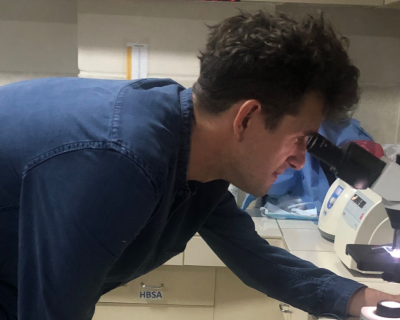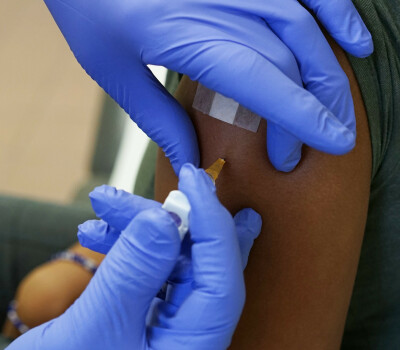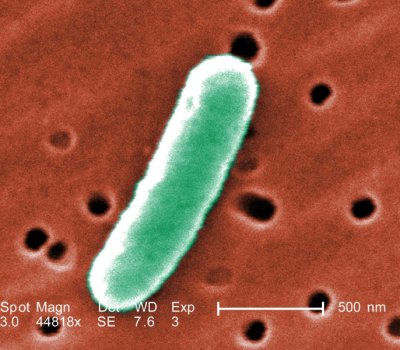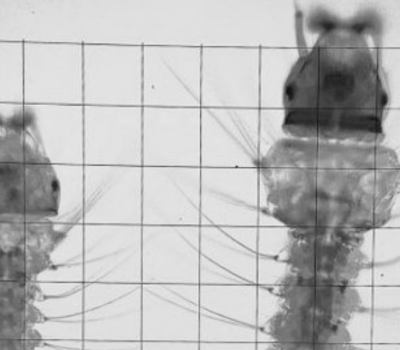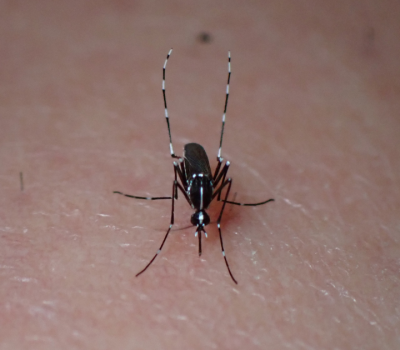Virus spread within parasites outlines grim future for tropical disease control
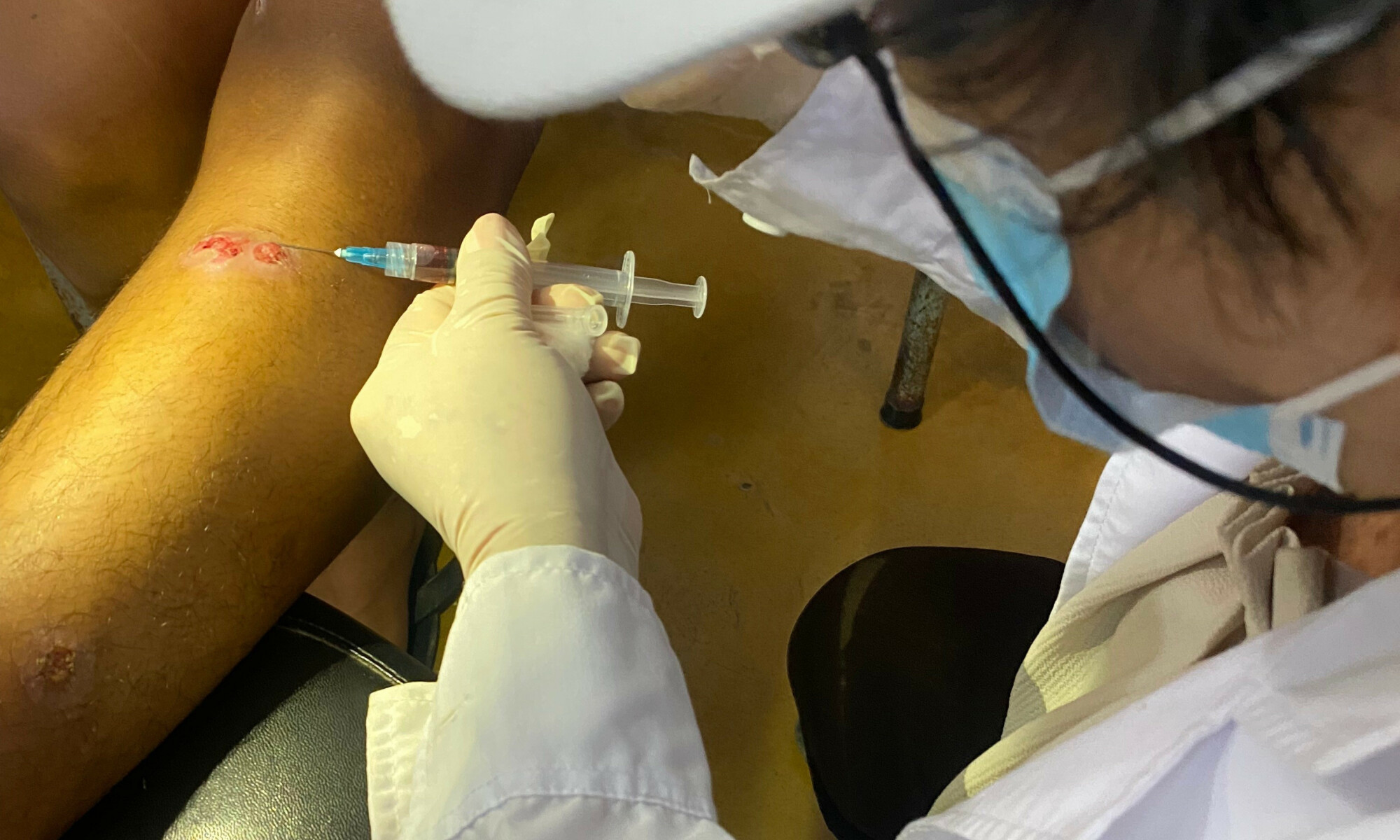
It is reminiscent of Russian nesting dolls: viruses nest in parasites, which in turn nest in humans, other mammals and insects. Researchers from the Institute of Tropical Medicine (ITM) in Antwerp and the Rega Institute for Medical Research (KU Leuven) are investigating the spread of tropical diseases. Through a thorough examination of their genetic makeup, they have uncovered indications of the connection with human activity and its impact on the emergence of viruses within parasites in the rainforests of Peru and Bolivia. The findings were published in the scientific journal Nature Communications.
Over the last three decades, ITM, together with Peruvian and Bolivian colleagues, has collected a unique collection of parasites from tropical rainforests. Biologist and the study’s first author Senne Heeren revitalised the frozen samples and unraveled the genetic composition of the parasites and their viruses. An international group of scientists led by ITM reconstructed the evolutionary trajectory of these microbes. The outcomes offer the initial understanding of the prevalence and dissemination of viruses in parasites and their impact on the spread of tropical diseases.
"The intriguing aspect of viruses lies in their ability to infect any life form on earth," remarks Dr Frederik Van den Broeck, the principal investigator of the study and winner of the Boehringer Ingelheim Award for Parasitology. "While the coronavirus and its direct impact on our health are well-known, numerous viruses exert an indirect influence. For instance, Leishmania viruses nestle within the Leishmania parasite, subsequently causing the neglected tropical disease leishmaniasis."
"The study is a rare example of natural virus-parasite “nesting dolls” that impact human health," says Heeren. "It was a challenge to understand the evolution of not one but two organisms and to link their evolutionary histories."
In Peru, the researchers discovered a large group of parasites hosting an extensive array of viruses, both in terms of quantity and diversity. Heeren elaborates: "The viruses transmits from one parasite to another during reproduction, resembling a form of sexually transmitted infection among parasites. This is concerning as we associate the presence of these viruses with treatment failures and severe health complications problems."
Tropical intruders: viruses and parasites extend their reach
The researchers suspect that Leishmania parasites and their accompanying viruses were initially restricted to specific parts of tropical rainforests. Due to environmental destruction, the effect of drug and guerrilla warfare, and the migration into tropical rainforests for agriculture and mining purposes, these parasites and viruses have expanded to new areas. This shift has resulted in an increase in both the frequency and spread of the harmful collaboration between parasites and viruses, posing a threat to human and animal health.
"We delved into the dynamics of one well-known microbial alliance, but imagine how many other viruses and parasites are being influenced by climate change, globalisation and human migration. Further research is imperative to explore unknown virus-parasite “nesting dolls” and their impact on human, animal and ecosystem health," concludes Van den Broeck.
The research was funded by the Fund for Scientific Research (FWO) and the Directorate-General for Development Cooperation (DGD).
Heeren, S., Maes, I., Sanders, M. et al. Diversity and dissemination of viruses in pathogenic protozoa. Nat Commun 14, 8343 (2023). https://doi.org/10.1038/s41467-023-44085-2
ITM investigates neglected diseases in the field and lab
The research focuses on the alliance between Leishmania viruses living in the Leishmania parasite, the causative agent of leishmaniasis, a neglected tropical disease. People who have the disease are ostracized from their communities because of the stigma associated with the skin malformation. Dr Van den Broeck added: "Leishmaniasis is one of 20 so-called “neglected tropical diseases”, which also include sleeping sickness, leprosy and rabies. These diseases mostly occur in low- and middle-income countries and affect people living in poverty and/or in poor sanitary conditions. The term 'neglected' comes from the fact that these diseases have a low priority on the global health agenda. ITM has been actively combatting this neglect for decades through research in the field as well as in the laboratory.
Spread the word! Share this story on
